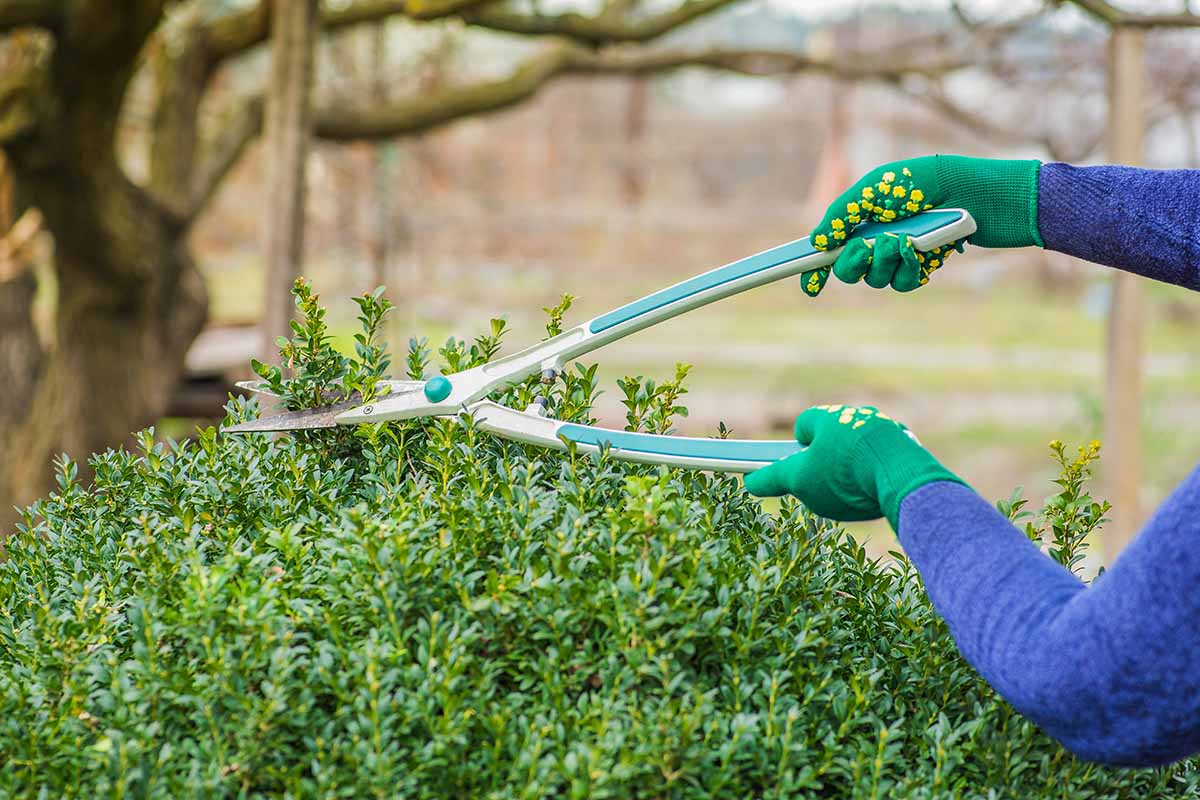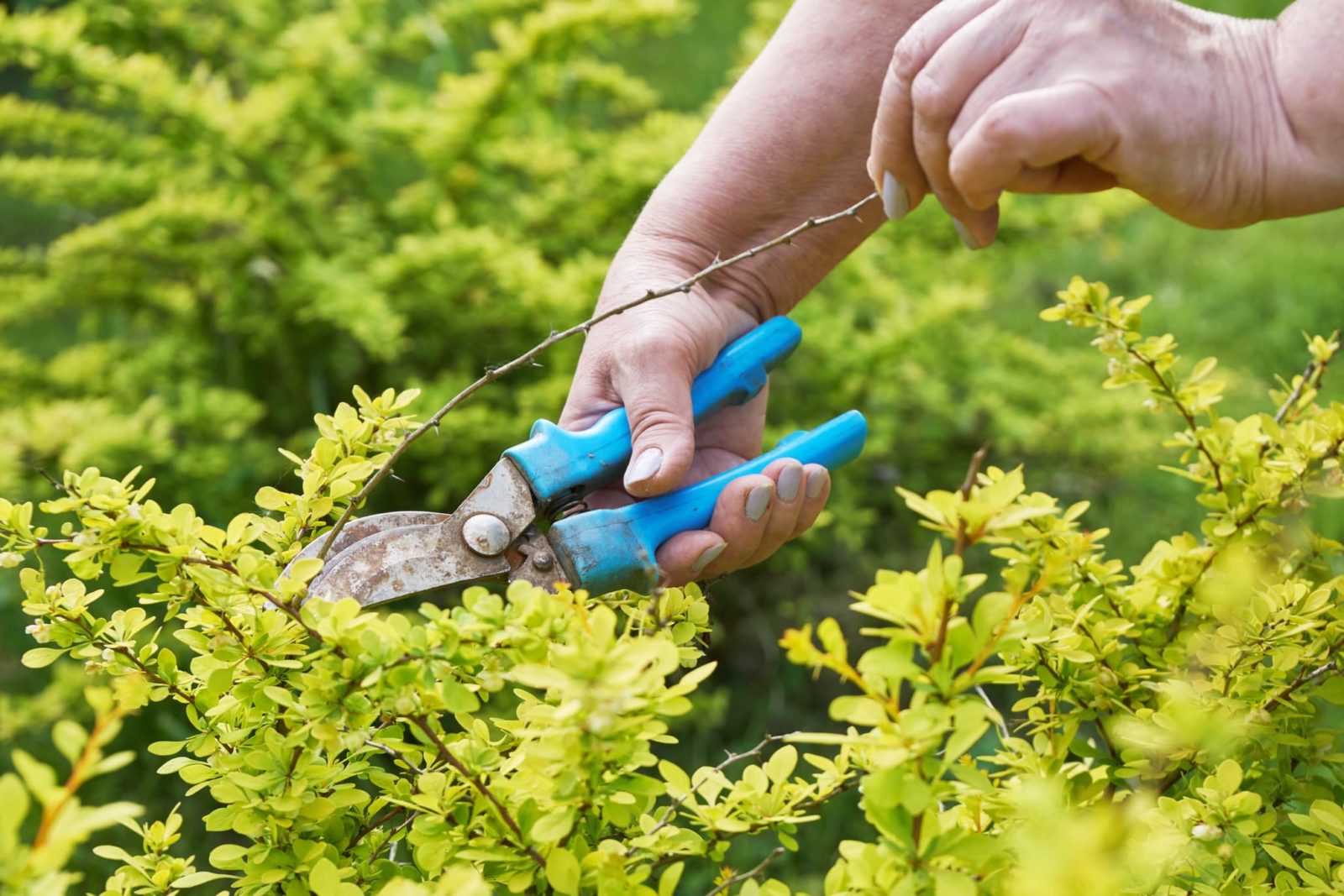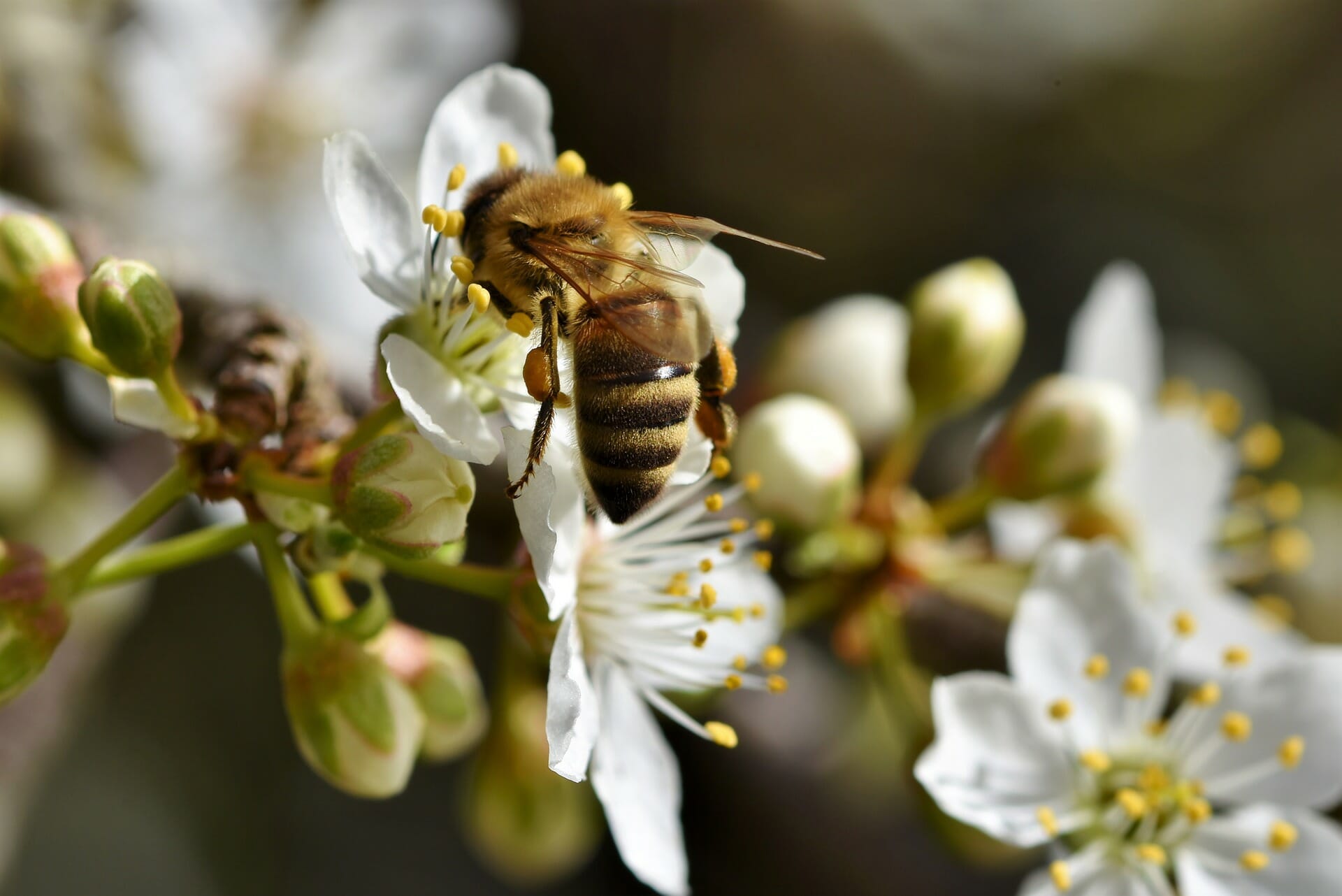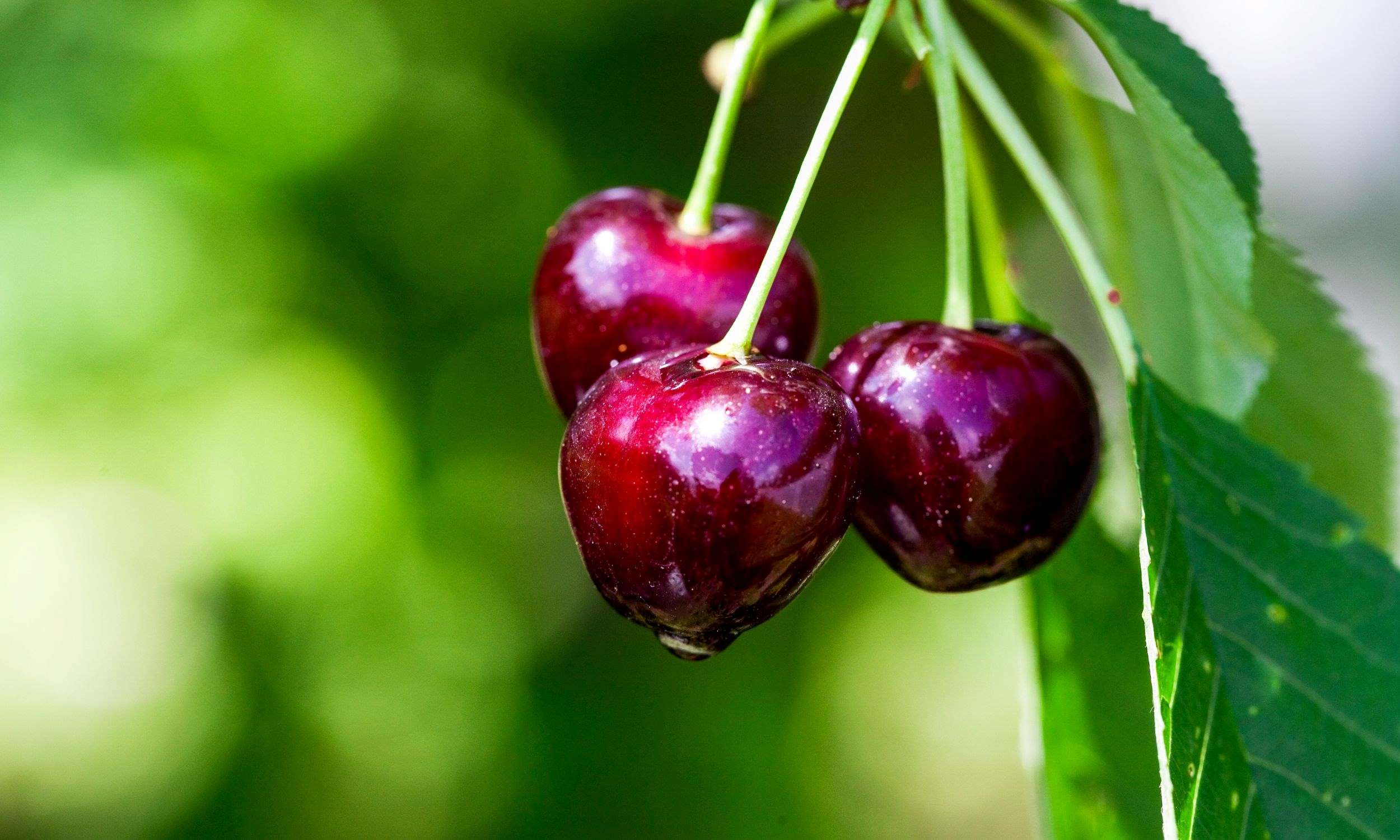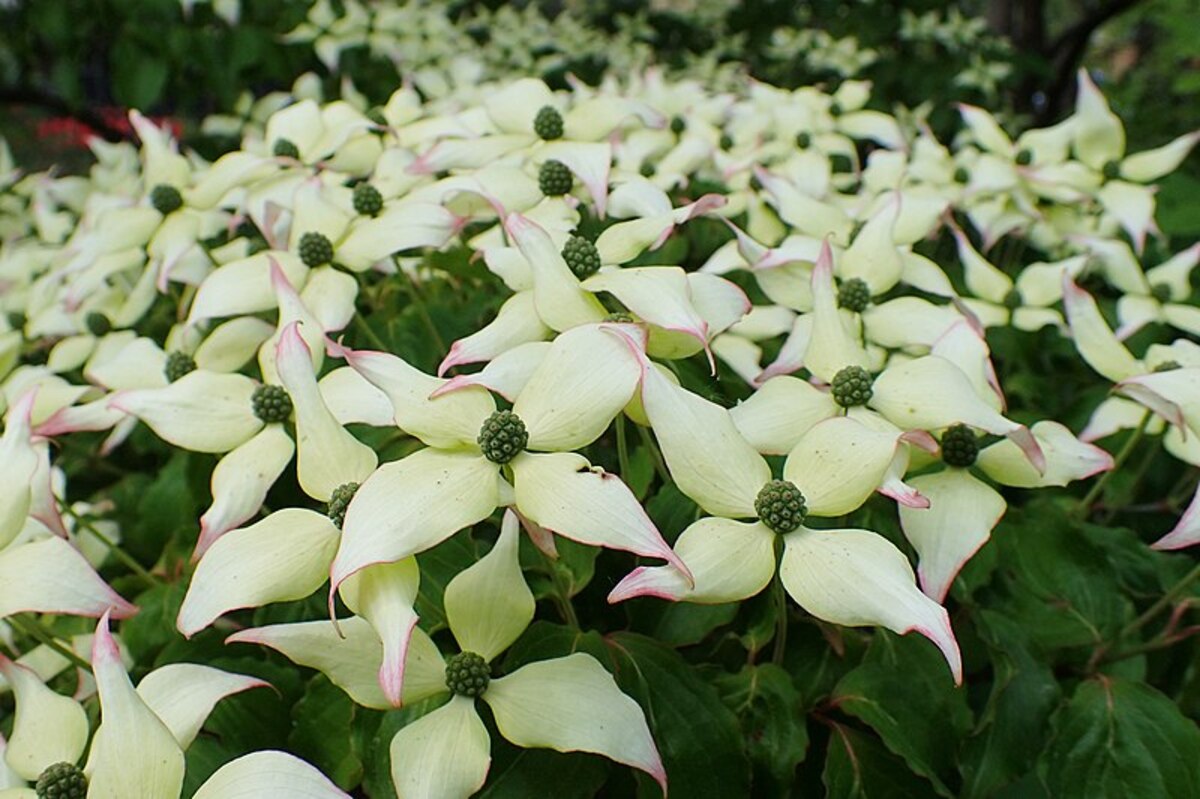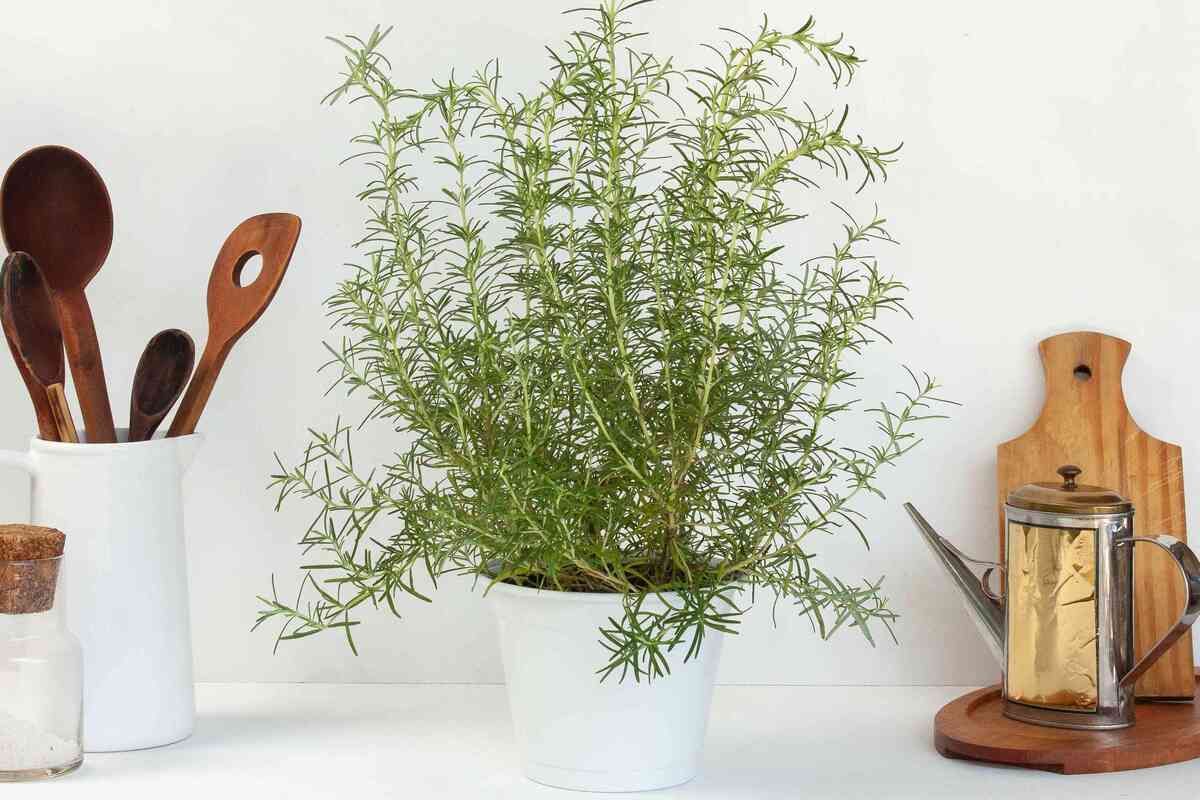Home>Types of Gardening>Ornamental Gardening>How Do You Plant Shrubs


Ornamental Gardening
How Do You Plant Shrubs
Modified: February 10, 2024
Learn how to plant shrubs in your garden with our comprehensive guide on ornamental gardening. Discover the best techniques and tips to ensure your shrubs thrive.
(Many of the links in this article redirect to a specific reviewed product. Your purchase of these products through affiliate links helps to generate commission for Chicagolandgardening.com, at no extra cost. Learn more)
Table of Contents
Introduction
Ornamental gardening is a fascinating and fulfilling activity that allows you to transform your outdoor space into a beautiful and vibrant sanctuary. One of the key elements in creating a stunning garden is the strategic placement of shrubs. These versatile plants add structure, texture, and color to the landscape, making them an essential component of any ornamental garden.
Planting shrubs may seem like a simple task, but it requires careful consideration and planning to ensure their successful growth and long-term beauty. From selecting the right shrubs to proper site preparation and maintenance, every step plays a crucial role in nurturing healthy and thriving shrubs.
In this article, we will delve into the art of planting shrubs and provide you with valuable insights, tips, and techniques to make the process both manageable and rewarding. Whether you are a seasoned gardener or a beginner, this comprehensive guide will equip you with the necessary knowledge and skills to create a stunning and flourishing garden.
So, let’s get started by understanding how to select the right shrubs for your garden.
Selecting the Right Shrubs
Choosing the right shrubs for your garden is crucial for their long-term success and overall aesthetics. The following factors should be taken into consideration when selecting shrubs:
- Growth Requirements: Different shrubs have varying needs for sunlight, soil type, and moisture. Assess your garden’s conditions and choose shrubs that are compatible with the site’s characteristics. Shade-loving shrubs, such as azaleas or rhododendrons, are ideal for areas with limited sunlight, while sun-loving shrubs like lavender and rosemary thrive in full sunlight.
- Size and Shape: Consider the ultimate size and shape of the mature shrubs. Will they fit in the available space, or will they outgrow the area? Plan accordingly to avoid overcrowding or excessive pruning in the future. Tall, upright shrubs like holly provide vertical interest, while spreading shrubs like juniper offer ground coverage.
- Bloom Time and Color: Determine if you want your shrubs to bloom at specific times of the year and what colors you desire. This allows you to create a visually pleasing and continuously flowering garden. For example, lilacs and azaleas bloom in the spring, while hydrangeas and butterfly bushes provide beautiful summer blooms.
- Purpose and Function: Consider the desired purpose of the shrubs in your garden. Are you looking to create a privacy screen, define boundaries, or attract wildlife? Shrubs like arborvitae and boxwood are excellent choices for privacy, while butterfly-attracting shrubs like buddleia and weigela invite wildlife to your garden.
- Maintenance Requirements: Be realistic about the level of maintenance you are willing to undertake. Some shrubs require regular pruning, while others can be left to grow more naturally. Consider your time, skills, and willingness to maintain the shrubs.
Take your time to research and select shrubs that align with your preferences, garden conditions, and long-term goals. Visiting local nurseries and seeking advice from experts can also help you make informed decisions.
Now that you have chosen the perfect shrubs for your garden let’s move on to the next step: site selection and preparation.
Site Selection and Preparation
Proper site selection and preparation are essential for the healthy growth of your shrubs. Follow these steps to ensure a suitable environment for your new plants:
- Assess Sunlight and Shade: Observe your garden throughout the day to determine the areas of direct sunlight and shade. Most shrubs thrive in full or partial sunlight, while some species prefer shaded spots. Choose the appropriate location for your shrubs based on their specific sunlight requirements.
- Check Soil Quality: Understand the composition and drainage of your soil. Most shrubs prefer well-drained soil that is rich in organic matter. If your soil is heavy and clay-like, consider amending it with compost or other organic materials to improve its structure and drainage.
- Test Soil pH: Some shrubs have specific pH preferences. Take a soil sample and have it tested to determine the pH level. Acid-loving shrubs, such as camellias, prefer a lower pH (acidic soil), while alkaline-loving shrubs, like lilacs, thrive in higher pH (alkaline soil). Amend the soil accordingly to create the optimal pH level.
- Clear the Area: Remove any existing weeds, grass, or debris from the planting area. This helps prevent competition for nutrients and reduces the risk of potential diseases or pests.
- Dig the Planting Hole: Dig a hole that is wide and deep enough to accommodate the root ball of the shrub. The hole should be slightly larger than the size of the container. Avoid creating a hole that is too deep, as it can lead to water accumulation around the roots.
- Amend the Soil: Mix the excavated soil with organic matter, such as compost or peat moss, to enrich it. This improves the soil texture and nutrient content, providing a favorable environment for root development.
- Place the Shrub: Gently remove the shrub from its container and place it in the center of the planting hole. Ensure that the top of the root ball is level with or slightly above the soil surface. Backfill the hole with the amended soil, firming it gently around the roots to eliminate air pockets.
- Water Thoroughly: After planting, water the shrub thoroughly to settle the soil and encourage root establishment. Provide regular watering during the initial weeks to ensure proper hydration.
By carefully selecting and preparing the planting site, you provide your shrubs with an optimal environment to thrive. Once your shrubs are in place, it’s time to learn about the important task of watering and fertilizing.
Planting Shrubs
Planting shrubs properly is vital for their establishment and healthy growth. Follow these steps to ensure the successful planting of your shrubs:
- Timing: Plant shrubs during the appropriate season to optimize their chances of success. In most regions, spring or fall is the ideal time for planting, as the weather is mild and allows the shrubs to settle in before extreme temperatures.
- Prepare the Shrubs: Before planting, water the shrubs thoroughly in their containers. This ensures that the root ball is adequately hydrated for the transition into the garden.
- Dig the Planting Hole: Dig a hole that is wider and slightly shallower than the root ball. The hole should provide ample space for the roots to spread out. Roughen the sides of the hole with a garden fork to encourage root penetration into the surrounding soil.
- Remove the Shrubs from the Containers: Gently tap the sides of the containers and carefully slide the shrubs out, avoiding any damage to the roots. If the roots are tightly packed, gently tease them apart to encourage outward growth.
- Place the Shrubs: Set the shrubs in the center of the planting hole, ensuring they are at the same depth as they were in the container. Check that the shrubs are straight and upright before proceeding.
- Backfill the Hole: Gradually backfill the hole with soil, firmly pressing it around the roots to eliminate any air gaps. Take care not to bury the shrub too deep, as this can hinder its growth. Leave a slight depression around the base of the shrub to hold water during irrigation.
- Water the Shrubs: Give the newly planted shrubs a thorough watering to settle the soil and provide hydration to the roots. Use a slow, steady flow of water to prevent runoff and ensure deep penetration.
- Mulching: Apply a layer of organic mulch around the base of the shrubs, leaving a small space around the stem to prevent moisture buildup and potential rot. Mulch helps retain soil moisture, suppresses weeds, and provides insulation to the roots.
- Staking: If the shrubs are top-heavy or prone to wind damage, consider staking them to provide extra support. Use garden stakes and soft ties to secure the shrub without causing damage to the trunk or branches.
After planting, monitor the shrubs closely over the following weeks to ensure they are adjusting well to their new environment. Regular watering, proper mulching, and adequate sunlight will help your shrubs thrive and flourish in your garden.
Watering and Fertilizing
Watering and fertilizing are essential elements of maintaining healthy shrubs. Proper care in these areas will promote strong growth, vibrant foliage, and abundant blooms. Here are some guidelines for watering and fertilizing your shrubs:
Watering:
Watering is crucial, particularly during the establishment phase of your shrubs. Here are some tips to ensure effective hydration:
- Establish a Watering Schedule: Determine the watering needs of your specific shrubs based on their species and the climate of your area. Develop a watering schedule to provide consistent moisture without overwatering.
- Water Deeply: Instead of frequent, shallow watering, focus on deep watering sessions. This encourages the roots to grow deeper into the soil, making the shrubs more resilient to drought conditions. Allow the water to penetrate the soil at least 6 inches for optimal results.
- Consider the Weather: Adjust your watering schedule based on weather conditions. During periods of rainfall, reduce or skip watering to prevent waterlogged soil. In hot and dry weather, increase the frequency of watering to prevent moisture stress.
- Avoid Overwatering: Overwatering can be detrimental to shrubs, leading to root rot and other issues. Check the moisture levels in the soil before watering and adjust accordingly. Well-drained soil with slight moisture retention is ideal.
- Use Mulch: Apply a layer of organic mulch around the base of the shrubs to conserve moisture and reduce evaporation. This helps maintain a more consistent soil moisture level and reduces the frequency of watering.
Fertilizing:
Fertilizing provides essential nutrients to support the growth and overall health of your shrubs. Here’s how you can effectively fertilize your shrubs:
- Know the Nutrient Needs: Different shrubs have varying nutrient requirements. Consider the specific needs of your shrubs and choose a fertilizer that provides the necessary nutrients. Slow-release or organic fertilizers are often recommended for shrubs.
- Follow a Fertilizer Schedule: Develop a fertilizing schedule based on the needs of your shrubs and the instructions provided by the fertilizer manufacturer. Typically, fertilizing once or twice a year, in spring and/or fall, is sufficient for most shrubs.
- Apply Fertilizer Properly: Read the instructions on the fertilizer package and apply the recommended amount evenly around the drip line of the shrubs. Avoid direct contact of the fertilizer with the stems or foliage, as it can cause burning or damage.
- Water After Application: After applying fertilizer, water the shrubs thoroughly. This helps to activate the fertilizer and ensure that it is evenly distributed to the roots.
- Avoid Excessive Fertilization: Overfertilization can be harmful to shrubs and can result in excessive growth or nutrient toxicity. Always follow the recommended dosage and avoid applying more fertilizer than necessary.
By following these watering and fertilizing practices, you can provide your shrubs with the essential care they need for healthy growth and vibrant appearance. However, proper pruning and maintenance are equally important, so let’s move on to the next section.
Pruning and Maintenance
Pruning and maintenance are essential aspects of caring for your shrubs. Regular pruning helps maintain their shape, promotes healthy growth, and enhances overall aesthetics. Here are some tips for pruning and general maintenance of shrubs:
Pruning:
Proper pruning techniques will help keep your shrubs in optimal condition and ensure their longevity. Here are some guidelines to follow:
- Understand Pruning Needs: Different shrubs have varying pruning requirements. Some shrubs, such as flowering varieties, may require light pruning to shape or remove spent blooms, while others, like evergreens, may require more extensive pruning to control size and maintain form.
- Timing is Key: Prune flowering shrubs immediately after blooming to avoid cutting off next season’s flower buds. For deciduous shrubs, late winter or early spring, before new growth appears, is generally the best time for pruning. Evergreen shrubs can be pruned throughout the year, though it is best to avoid severe pruning during hot summer months.
- Tools and Techniques: Use appropriate pruning tools, such as sharp bypass pruners or pruning shears, to make clean cuts. Remove dead, damaged, or diseased branches first, followed by selective pruning to enhance shape or control growth. Make cuts just above a bud, side branch, or main stem, to promote healthy growth. Avoid leaving stubs or cutting too close to the main stem.
- Thinning vs. Heading Back: Thinning involves removing entire branches or stems at their base to improve airflow and reduce overcrowding. Heading back involves pruning branches or shoots back to a lateral bud or branch, promoting branching and denser growth. Consider the specific needs of your shrubs when deciding which pruning method to use.
- Regular Maintenance Pruning: As your shrubs mature, perform regular maintenance pruning to remove crossing or rubbing branches, as well as any undesirable growth that affects the shape or health of the shrub. This promotes better airflow, reduces the risk of disease, and maintains an attractive appearance.
General Maintenance:
Besides pruning, shrubs require routine maintenance for their overall well-being. Here are some general maintenance tips:
- Water and Irrigation: Continue watering your shrubs regularly, especially during dry spells or in the early stages of growth. Ensure they receive sufficient hydration to promote healthy root development. Adjust the watering schedule based on weather conditions and the specific needs of your shrubs.
- Weed Control: Regularly remove weeds around your shrubs to prevent competition for nutrients, water, and sunlight. Apply a layer of mulch to suppress weed growth and conserve soil moisture.
- Pest and Disease Management: Monitor your shrubs for signs of pests, such as aphids or caterpillars, and promptly take action to control infestations. Regularly inspect for disease symptoms, like leaf spots or fungal infections, and treat as necessary with appropriate remedies.
- Soil Care: Maintain the health of your shrubs by periodically testing and amending the soil with organic matter, such as compost or well-rotted manure. This helps replenish nutrients and improve soil structure.
- Mulch Renewal: Regularly replenish the mulch around your shrubs to maintain its effectiveness in conserving moisture, suppressing weeds, and insulating the roots.
By following proper pruning techniques and staying on top of general maintenance tasks, you can ensure the health and longevity of your shrubs. However, it’s important to be aware of common issues that may arise, so let’s explore troubleshooting techniques in the next section.
Common Issues and Troubleshooting
While shrubs are generally hardy plants, they can encounter various issues that may affect their health and appearance. Here are some common problems and troubleshooting tips to help you address these issues:
Pest Infestations:
Shrubs can suffer from various pests, including aphids, scale insects, caterpillars, and spider mites. To address pest infestations:
- Apply organic insecticidal soaps or neem oil to control small insect populations.
- Prune and remove heavily infested branches or areas and dispose of them properly.
- Encourage natural predators, like ladybugs, lacewings, or birds, to control pest populations.
- Consider using physical barriers, such as horticultural nets or row covers, to protect shrubs from pests.
Disease and Fungal Infections:
Shrubs can be susceptible to various diseases, including fungal infections, leaf spots, powdery mildew, and blights. To manage disease issues:
- Improve airflow by proper spacing and pruning to reduce humidity and prevent fungal growth.
- Remove and dispose of infected plant material to limit the spread of disease.
- Use fungicides labeled for the specific disease, following the instructions carefully.
- Avoid overhead watering and water at the base of the shrubs to reduce moisture on foliage.
Yellowing Leaves:
Yellowing leaves can indicate various issues, including nutrient deficiencies, improper watering, or pest/disease problems. To address yellowing leaves:
- Ensure proper watering, providing enough water without overwatering or causing waterlogged conditions.
- Check soil pH and nutrient levels and amend as needed to address nutrient deficiencies.
- Inspect for signs of pests or disease and take appropriate measures for control.
- Consider the specific requirements of your shrubs and adjust care accordingly.
Wilting or Drooping:
Wilting or drooping of shrubs can be caused by inadequate watering, root damage, or pest/disease issues. To prevent and address wilting or drooping:
- Maintain proper watering, ensuring the shrubs receive enough moisture without water stress.
- Check for root damage or soil compaction and address any issues promptly.
- Inspect for pest infestations or signs of disease and take necessary action for control.
- Consider the specific requirements of your shrubs and adjust care accordingly.
Regular monitoring, prompt action, and appropriate care will help you effectively address common issues with your shrubs. By staying vigilant and proactive, you can ensure the health and vitality of your garden.
Conclusion
Ornamental gardening is a rewarding activity that allows you to create a beautiful and inviting outdoor space. By incorporating shrubs into your garden, you can add structure, color, and texture that elevate the overall aesthetics of your landscape. Planting shrubs may seem like a simple task, but it requires careful consideration and proper techniques to ensure their successful growth and longevity.
In this comprehensive guide, we have explored the key steps involved in planting shrubs. We began by discussing how to select the right shrubs for your garden, considering factors such as growth requirements, size and shape, bloom time and color, purpose and function, and maintenance requirements.
We then moved on to site selection and preparation, emphasizing the importance of assessing sunlight and shade, checking soil quality and pH, clearing the area, digging the planting hole, amending the soil, and properly placing and watering the shrubs.
Watering and fertilizing were highlighted as crucial elements of shrub care, with tips on establishing a watering schedule, watering deeply without overwatering, considering weather conditions, applying mulch, and understanding fertilizing needs and techniques.
Pruning and maintenance were discussed extensively, including the timing and techniques of pruning, general maintenance tasks such as watering, weed control, pest and disease management, and soil care.
Finally, we addressed common issues such as pest infestations, disease and fungal infections, yellowing leaves, and wilting or drooping, providing troubleshooting tips to help you effectively address these problems.
By following the guidance outlined in this article and incorporating these practices into your gardening routine, you will be equipped to create a stunning and thriving ornamental garden. Remember to stay attuned to the individual needs of your shrubs and provide proper care, monitoring them for signs of growth and addressing issues promptly. With dedication and attention to detail, your shrubs will flourish, enhancing the beauty and charm of your outdoor space.

